I’m a skier, get me out of here!
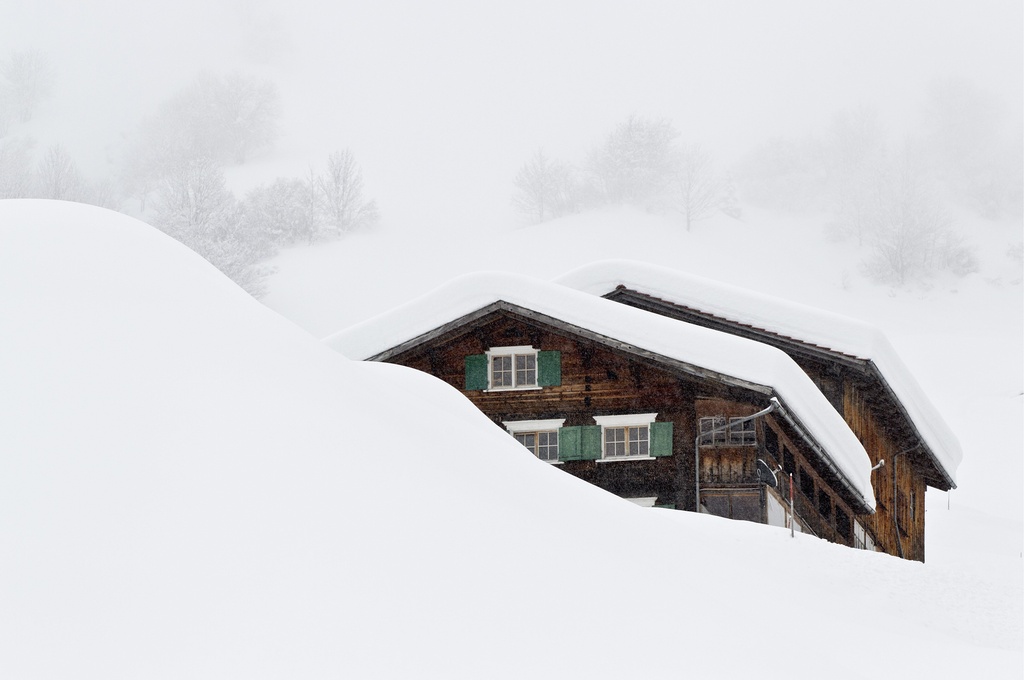
At the beginning of this winter many Swiss resorts were worrying that there might not be enough snow. But once the snow fell, some places had too much.
When several feet of snow fall in a very short time, it’s not just that roads and railway lines get buried; what poses a real danger is the threat of avalanches.
But in Switzerland remote villages are used to being isolated from the outside world. Most of the problems that arise can be easily foreseen and are easily dealt with – but sometimes extreme situations throw up unexpected challenges.
The village of Elm in the central Swiss canton of Glarus is one of the areas that has already been cut off this winter – even if only for one day.
It lies at the end of the Sernf valley where the road stops. The village has a population of only a few hundred, with a number of farms scattered in the hills around. It attracts hikers in summer and winter sports enthusiasts in winter.
Got your toothbrush?
Most of the villagers who are not farmers commute to work, and – depending on which class they are in – many of the children have to travel to the next village to go to school.
But when the local avalanche commission decides the danger of avalanches is too great, barriers are put up on the only road back down the valley, and everyone has to stay at home.
People are used to it, as Daniel Bessler, works supervisor for the valley, whose job includes snow clearance, told swissinfo.ch. It happens once or twice every year for a day or two.
There’s an avalanche phone line commuters can call after 5am any morning to find out what the situation is.
“We might tell them they can get out – but advise them to take their toothbrush with them,” laughed Bessler.
If they find they can’t get back home, they simply stay the night wherever they are working.
“With a bit of flexibility all round, it’s really not a problem,” he said.
Snowed in
But the exceptionally snowy winter of 1999 is still in many people’s memories. In all, Elm was cut off for about a month.
“It was great, ” said Bessler. “Quite out of the ordinary.”
Commuters simply rented rooms in the places where they worked, while some families were evacuated from outlying farms and stayed in the village. But since animals still needed to be fed and watered, farmers themselves stayed where they were.
“They had tracking equipment so that they could be found should there be an avalanche. But in fact we were very lucky here – no one had to be rescued.”
They were able to process some of their milk, but bread was flown in by the army. The army also flew out foreign tourists who had got stuck – mainly Dutch and Germans. But they had to wait till Easter before they could get their cars back.
Cash shortage
The winter of 1999 is also burned into memories at a much busier tourist resort, Zermatt, as resort director Daniel Luggen told swissinfo.ch.
Most unusually, it was cut off for three days. Not only was it impossible to get in or out by land, but there were power cuts and the phone lines were down.
The village is better equipped than many to face up to such a crisis: it has eight resident doctors and an emergency ward, and also has its own helicopter company, Air Zermatt, which could fly people out who had to leave urgently, and bring supplies in.
And what did they run out of first?
“It sounds funny, but it was money,” said Luggen. “We brought in a big case of cash. We distributed it in a very open way: we just took people’s addresses. But all the money was paid back. In a situation like this, you can really trust people. People react as if they are in a big family.”
The problem arose because with the phones down, people couldn’t get money out of cash machines: their card details couldn’t be checked with their bank.
The tourist office took responsibility for communicating with visitors about what was going on. (Power cuts meant that people couldn’t recharge their mobile phones – which in any case were not so common 12 years ago.) In addition to holding a meeting at the station every morning, they printed pamphlets to be stuck up in the streets and in hotels – and even went around with megaphones.
But fortunately the weather was good for skiing, and the mood among visitors was generally good.
“Even now, people who were there then look back and talk about it in a positive way,” said Luggen. “At the end of the day, if you don’t have any casualties or accidents, it can even be a fun thing.”
That was then…
Despite the positive aspects, it’s not an experience that Zermatt expects to repeat.
All kinds of measures have been taken since 1999, including the way of dealing with avalanches, with a system installed that detonates them automatically before they can cause damage.
The commune of Zermatt is responsible for training the operators, but the cost of installation was borne largely by the canton and central government.
Nadja da Costa of Sportbahnen Elm, which runs Elm’s ski lifts, told swissinfo.ch that avalanches are detonated in the Sernf valley too.
“The quickest – but also the most expensive – way is by helicopter. The cost is very high, but it’s essential. Safety comes first.”
“Security nowadays is as important as comfort. When people choose their destination, they also think about: ‘What happens if…’” Luggen commented.
In the week running up to Christmas 2011 several mountain areas experienced heavy snowfall.
Between December 20-22 up to 120 cm of snow fell in the Glarner Alps – not far from Elm.
There was snowfall of between 60 and 100 cm on the northern side of the Alps, in the Gotthard region and in the northern part of Graubünden.
Many other mountain areas had falls of between 30 and 60 cm.
Wind conditions in the areas of the heaviest snowfall meant that the new snow was unstable.
The Institute for Snow and Avalanche research, which monitors snow conditions in Switzerland put out avalanche warnings for many parts of the Alps.
Traffic was disrupted on a number of roads because of the danger of avalanches, including in the southern cantons of Valais and Graubünden.
Rail services were halted on parts of the line between Zermatt and Disentis – the line used by the popular Glacier Express – because of the danger of avalanches.
Earlier in the month the car train service through the Lötschberg tunnel from Kandersteg to Goppenstein was suspended because the road to Goppenstein was at risk of avalanche.

In compliance with the JTI standards
More: SWI swissinfo.ch certified by the Journalism Trust Initiative
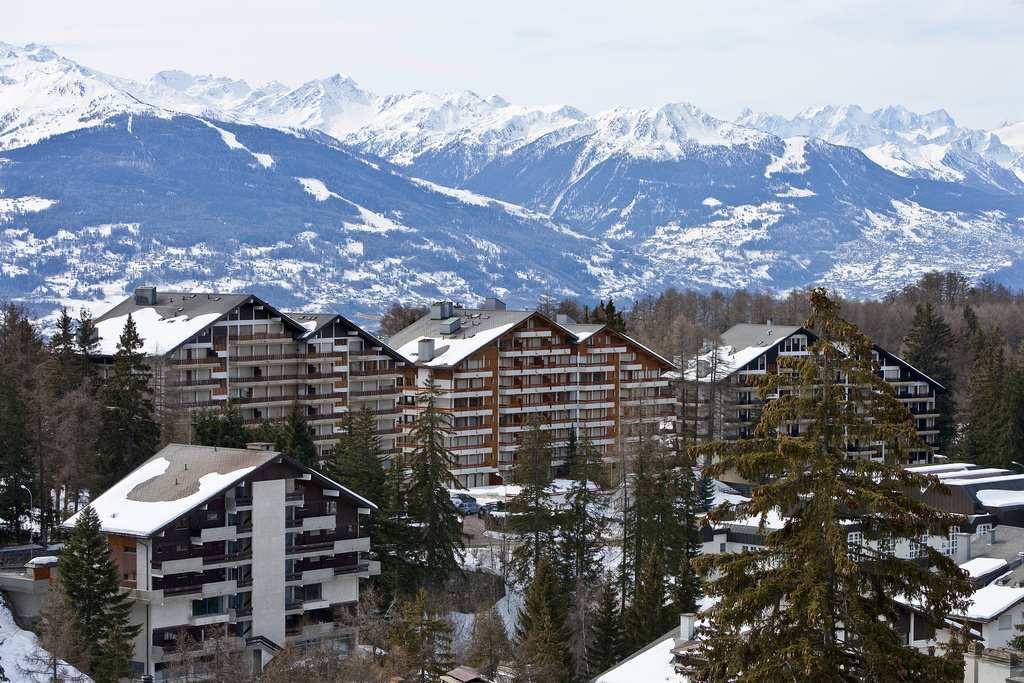
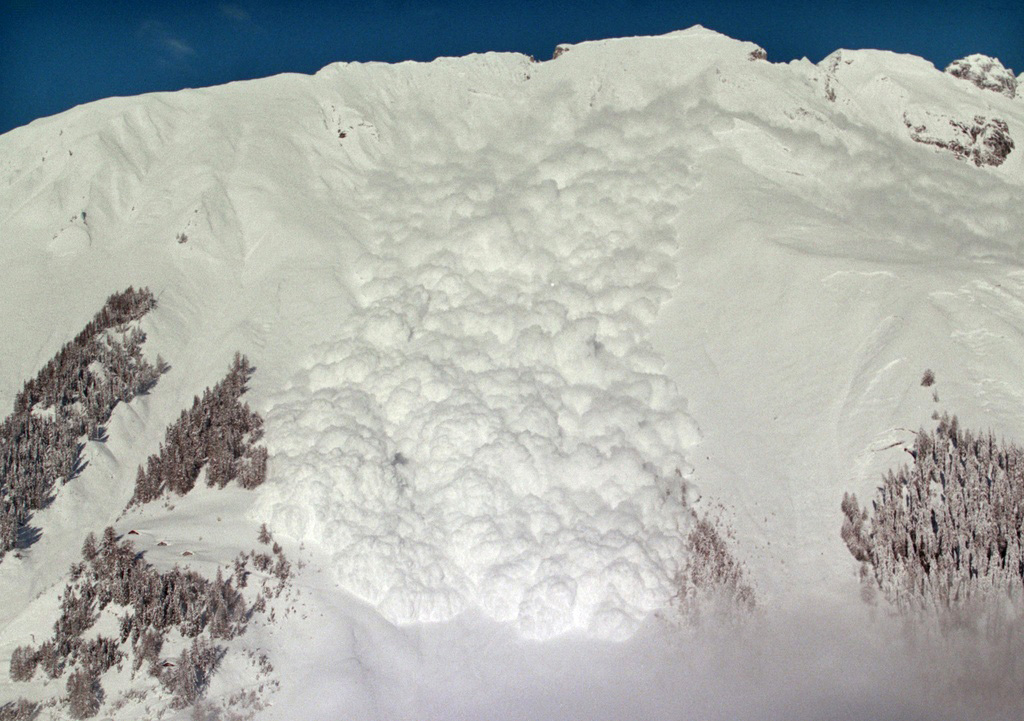
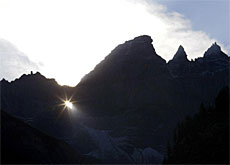
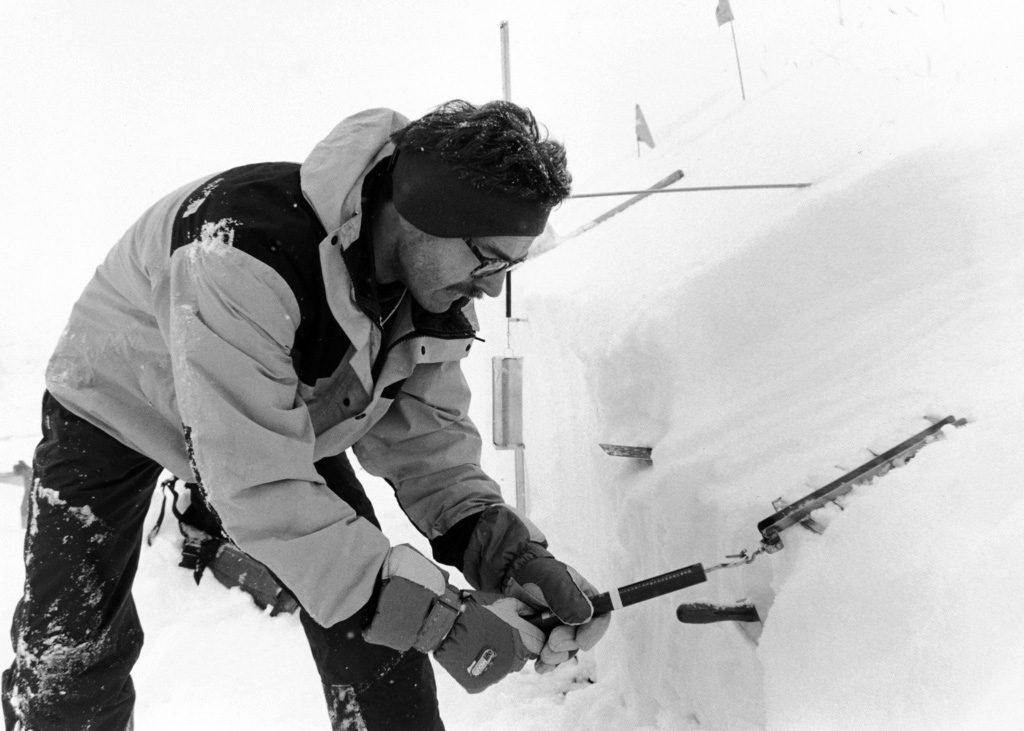
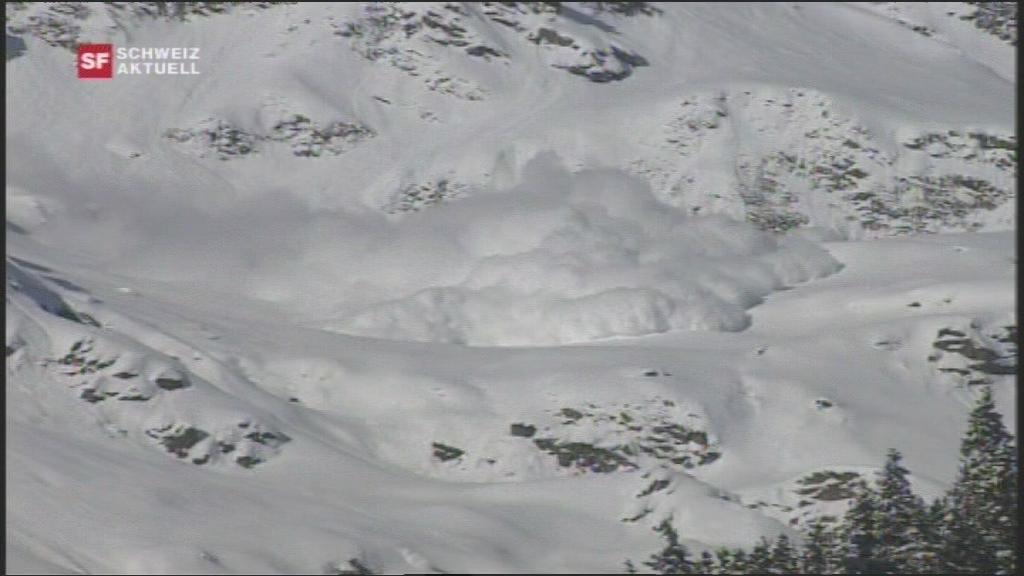
You can find an overview of ongoing debates with our journalists here. Please join us!
If you want to start a conversation about a topic raised in this article or want to report factual errors, email us at english@swissinfo.ch.